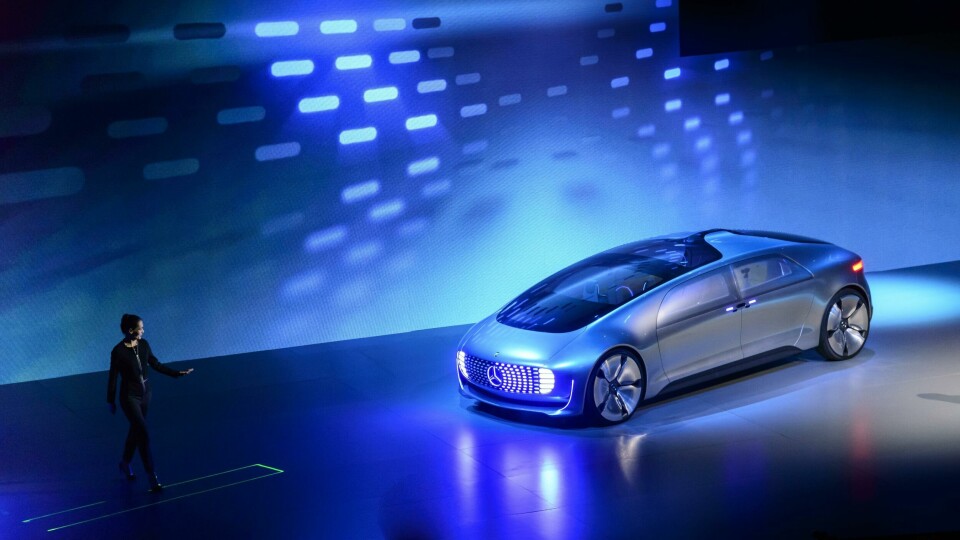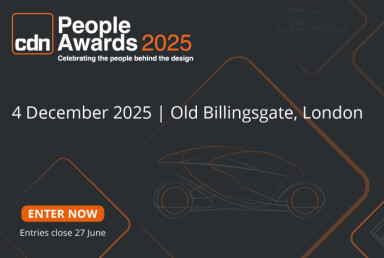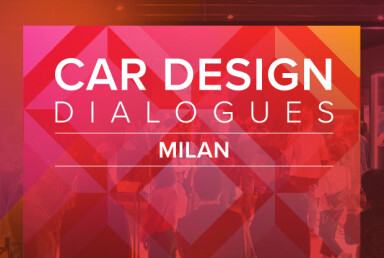Seating design
How should we sit in autonomous cars?
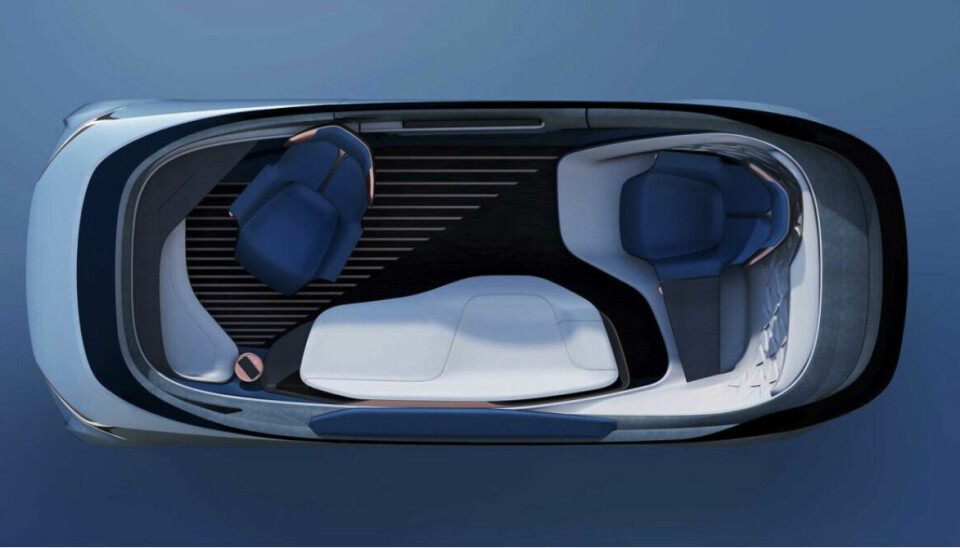
A decade after some of the first prototypes were presented, the debate continues as to the optimal layout for autonomous vehicle seating
As the technologies around autonomous cars began to emerge and slowly mature, a multifaceted conversation about autonomy began to emerge.
How would the autonomous car change the riding-driving experience? How would it change commutes? Could we send our autonomous car to pick up the kids from school or fetch the groceries? What would be the effect on cities? Would we be overwhelmed by “zombie” cars cruising for riders, or clogging up our streets and carparks? And a thousand other questions, most of them still unanswered.
As designers looked at the autonomous car, one of the most interesting questions was that of seating. How should we sit in an autonomous car? What would be the optimal configuration? The answer could change the future of automotive packaging, the styling of the car, and of course the interior design at almost every level.
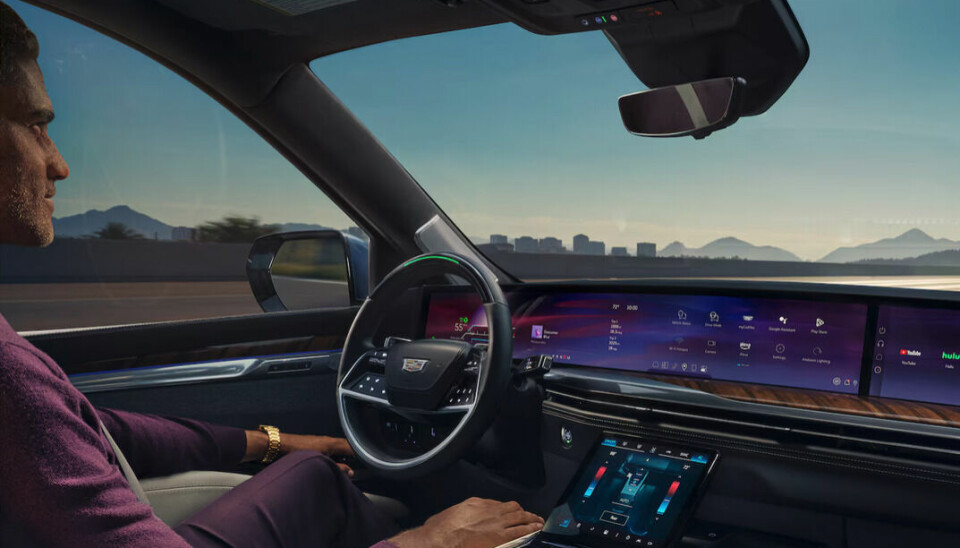
The debate seemed to swing between two poles. On one hand there were the traditionalists, arguing for a cockpit, a driver-centred approach that would have autonomous features. At the other pole were the advocates of a lounge approach; no “driver”, no steering wheel — although perhaps a principal occupant that has ultimate control — but also with controls and infotainment “democratically” arrayed around a seating lounge that would encourage visiting and community enjoyment of entertainment and technology.
Now, a decade on, the first tentative steps towards autonomy have taught us many lessons, but the issue of seating is still up for debate. Let’s look at some of the possible seating configurations and their advantages and pitfalls.
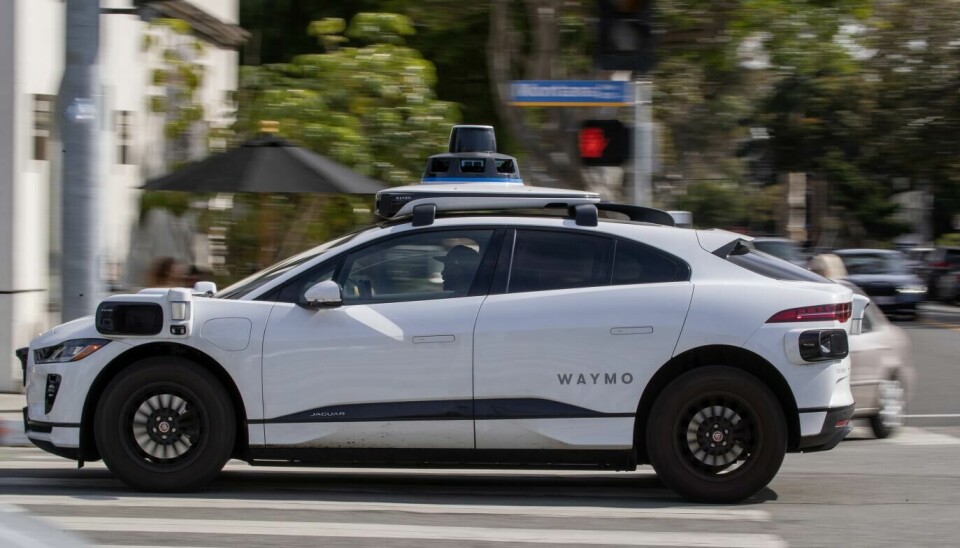
Firstly, it is important to note that the leaders in both partially- and highly-autonomous systems generally prefer a traditional seating configuration. There are a number of reasons for this. Both Waymo and Tesla, for example, use modified versions of standard production cars for their autonomous test vehicles with dual rows of forward-facing seats.
When it comes to production cars, most highway pilot features (Supercruise, Autopilot, BlueCruise, Pilot Assist etc.) operate under Level 2 autonomy where driver monitoring is required and systems can only be engaged under certain conditions, primarily highway driving. Drivers are still in ultimate control, hence the standard set up. The MAYA principle (Most Advanced Yet Accessible) is also at work here. Autonomy is a tricky subject for most people. Surrendering control to the car is a difficult enough concept to embrace; riding around in an unusual seating arrangement may be a step too far.
Even Tesla’s Cybercab uses a traditional seating arrangement, albeit a bench seat for two, which allows for easier ingress and egress. The bench seat underscores the fact that Tesla expects these cars to be used for short trips, not inter-city commutes. Maybe the Cybervan will perform that function, with more room and seating options.
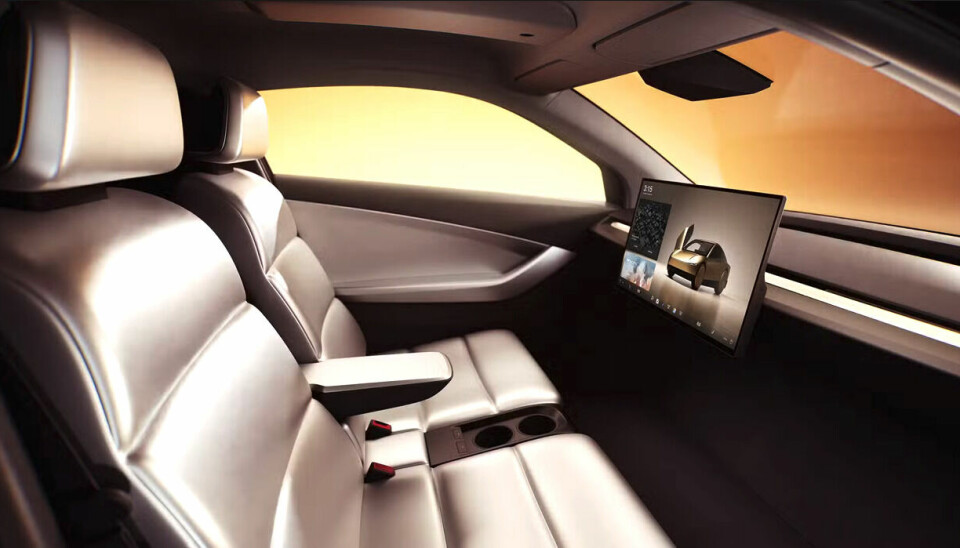
The opposite concept is the hotly-debated lounge or community configuration, where seats face each other. Zoox, the Amazon/Bezos-backed robotaxi is a leader here. Although the toaster-like design is widely reviled among design purists, it is important to note that Zoox does not claim to be a car, nor was it ever designed to be. It is a transportation device, a shuttle for urban areas. In some ways it is more like a small city bus, rather than a car.
Two bench seats face each other so passengers can visit and talk as they travel. It doesn’t really matter which seat you take, as a Zoox can go backward and forwards by reversing the motors. On any trip, on routes optimised by an algorithm, you might face forward or backwards multiple times depending on the path of travel.
The idea of an inward-facing, community-oriented seating arrangement is great for families or friends out on the town for an evening. It might be great for strangers to meet, too, although even sharing a traditional cab is a bit of a stretch for most people.
The concern about motion sickness is especially acute here, as many can get disoriented and become dizzy and nauseous riding backwards, or worse, riding backwards and forwards. Already there are watch-like bands that use acupressure to relieve nausea and car sickness. Perhaps similar devices could be built into seats to alleviate car sickness and make the Zoox model more acceptable to the riding public.
Similar to the Zoox, but miles ahead in terms of design is the Nucleus concept by Icona, shown above and introduced in Geneva in 2018. Sculptural in the extreme, both inside and out, the Nucleus is a concept that places great importance on the lounge configuration. But unlike the more utilitarian Zoox, the Nucleus is about expressive autonomous travel, a mobile lounge that is more like a fashionable mini-nightclub than an around-town shuttle. With interesting seat angles and a side-facing banquette the atmosphere is both festive and science fiction-ish. (Yes, I sat in the Nucleus in Geneva). Different seating configurations are shown on Icona’s website, but they all have one distinguishing characteristic: no steering wheel, and therefore, no driver.
A compromise, or rather, a hybrid situation is the Mercedes F015 concept, below, introduced even earlier at the 2015 CES. It can be driven, with all seats facing forward, or operated autonomously with seats facing forward. Alternatively, the front seats can be rotated to create a lounge space.
The car is interesting and well-designed with cool mid-century modern-styled seats, but the concept seems to be neither fish nor fowl. It presents itself as an autonomous car that can also be driven, but a good bit of interior space is dedicated to the IP and the steering wheel and controls. This means what is nominally a sedan must be packaged more like an MPV. That is not an inherently bad design concept, but it does not necessarily improve that much on a traditional layout like Waymo or Tesla.
Then there is the Volvo 360c concept from 2018. Designed as an executive car, a sort of “personal limousine”, it can be configured a number of ways: as a lounge, an office, or even a sleeping pod for overnight travel.
Nearly a decade on, has the debate about autonomous car seating been decided, or will the ultimate decision be made in the future? Many of the apparent industry leaders seem have voted for the traditional approach, and as such they will be enormously influential for the rest of the pack. It is easy to see how the personal car of tomorrow may imitate their interior design, seating, and levels of autonomy.
But Zoox may have, conceptually at least, hit on the winning formula for the future: A car that is not a car, and so can adopt advanced technologies like autonomous travel without greatly upsetting our understanding of what a “car” is. And the Icona Nucleus and the Volvo 360c prove that a “not-car” is something that can be edgy and sculptural, not limited to a toaster-shaped package. And with the Volvo you can have your own hotel room for the journey. Think also perhaps of the Volkswagen Gen.Travel in this respect.
There are so many other examples either in operation as pilot shuttles or as mere design proposals — may this be the start of the rabbit hole for further research. Just think of the possibilities.
This article first appeared in Interior Motives Autumn 2025.










